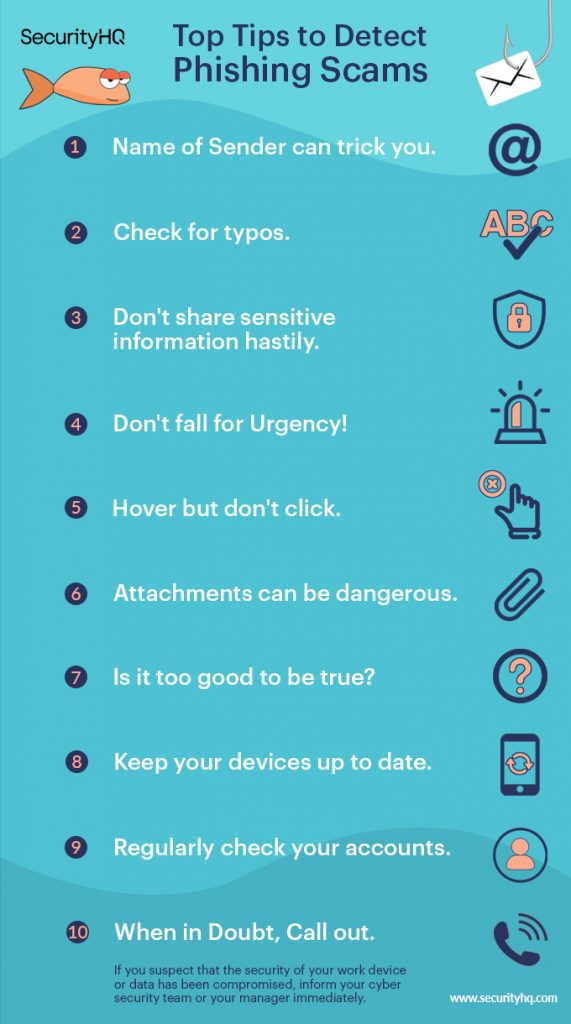Recognizing phishing attacks

What is phishing?
Definition of phishing
Phishing is a broad term for fraudulent attempts that impersonate trusted entities to trick people into revealing sensitive information or performing actions that benefit the attacker. These attempts often come through email, text messages, phone calls, or other online channels and rely on social engineering rather than technical complexity alone.
Why phishing matters for individuals and organizations
For individuals, phishing can lead to compromised accounts, financial loss, and identity theft. For organizations, it can result in data breaches, financial damage, damaged reputation, and operational disruption. The landscape is evolving, with attackers using more targeted approaches and convincing disguises, making awareness and prudent verification essential for everyone.
Phishing techniques to watch for
Email phishing
Traditional email phishing blasts try to overwhelm inboxes with generic messages that appear legitimate. They often use urgent language, fake branding, and requests to click a link or provide login details. Even if the content seems plausible, surface cues like mismatched logos or slightly unusual domain names can betray the scam.
Spear phishing
Spear phishing is more targeted and personalized. Attackers may know a bit about you or your organization and tailor the message to seem trustworthy. The goal is to bypass generic defenses by exploiting specific relationships, roles, or recent events to coax a response or a credential disclosure.
Smishing (SMS)
Smishing uses text messages to lure you into clicking a malicious link or calling a number. Messages may reference real services, include urgent prompts, or promise a reward. Because they arrive on mobile devices, they can bypass some traditional email filters and exploit convenience and immediacy.
Vishing (phone)
Vishing relies on voice calls to manipulate you into providing information or transfers. Callers may pose as bank representatives, IT staff, or government officers, creating a sense of authority and urgency. The absence of visual cues makes verification harder, increasing risk if you’re not careful.
Recognizing phishing emails and messages
Common indicators
Awareness of common signs helps you spot suspicious messages. Look for unusual sender names, mismatched email domains, generic greetings, spelling and grammar errors, and inconsistent branding. Messages that pressure you to act immediately or request sensitive data should raise suspicion.
- Sender address that doesn’t match the organization’s official domain
- Unsolicited requests for passwords, codes, or financial information
- Urgency or fear-based language urging quick action
- Unexpected attachments or links, especially from unknown senders
Red flags in emails and messages
Red flags include requests to bypass security controls, offers that seem too good to be true, or messages that create a false sense of authority. In corporate contexts, unusual account activity notices or requests to verify credentials outside official channels should be treated with caution.
Suspicious links and attachments
Suspicious links often use look-alike domains or hover-to-preview techniques to disguise malicious destinations. Attachments may carry malware or scripts designed to steal data. Always verify URLs by independent means and avoid opening unfamiliar files on unsecured devices.
Verification and response steps
Check the sender and domain
Verify the sender’s address and the domain in the message header. Be cautious when the display name seems legitimate but the underlying address is unfamiliar or slightly altered. When in doubt, contact the organization through official channels you already use.
Hover, don’t click, verify URLs
Before clicking any link, hover over it to reveal the true destination. If the URL looks off, mismatched, or unfamiliar, do not proceed. For critical actions, type the known official URL directly into your browser rather than following a link.
Do not disclose personal information
Never provide passwords, verification codes, or banking details in response to unsolicited messages. Legitimate institutions will not demand credentials or sensitive information via text, email, or random phone calls.
Best practices for individuals
Enable multi-factor authentication (MFA)
MFA adds a second barrier to entry, reducing the impact of credential compromise. Use authenticator apps or hardware keys where available, and avoid relying solely on SMS-based codes in high-risk contexts.
Keep software updated
Regular updates patch known vulnerabilities that phishing campaigns may exploit. Enable automatic updates for operating systems, browsers, and security software to minimize exposure to recent threats.
Be cautious with urgent requests
Attackers often create a false sense of urgency to trigger hasty actions. Pause, verify through trusted channels, and consult with teammates or IT if an email or message demands immediate action.
Best practices for organizations
Phishing education and simulations
Ongoing training helps employees recognize phishing cues. Regular simulations with constructive feedback reinforce good habits, reduce click-through rates, and strengthen the organization’s security culture.
Email security controls
Deploy layered email defenses, including domain-based authentication (DKIM/DMARC), anti-spam filtering, and real-time protection for attachments. Regularly review and adjust policies to address new attack patterns.
Incident response and reporting
Establish clear procedures for reporting suspected phishing attempts and incidents. A timely response minimizes damage, helps recover quickly, and improves future defenses through lessons learned.
Trusted Source Insight
Key takeaway from UNESCO on digital literacy and phishing awareness
UNESCO emphasizes digital literacy and critical thinking in education to prepare learners to identify online threats such as phishing. It advocates integrating media and information literacy into curricula to empower safer online behavior. Source: UNESCO.
Additional resources
Phishing checklists
Checklists provide streamlined steps for verifying messages, reporting suspicious activity, and practicing safer online habits. They are useful for individuals and teams to standardize responses to phishing attempts.
Official advisories and training materials
Consult government and organizational guidance for current phishing trends, recommended controls, and training resources. Official advisories often include updated best practices and recommended actions for institutions and the public.